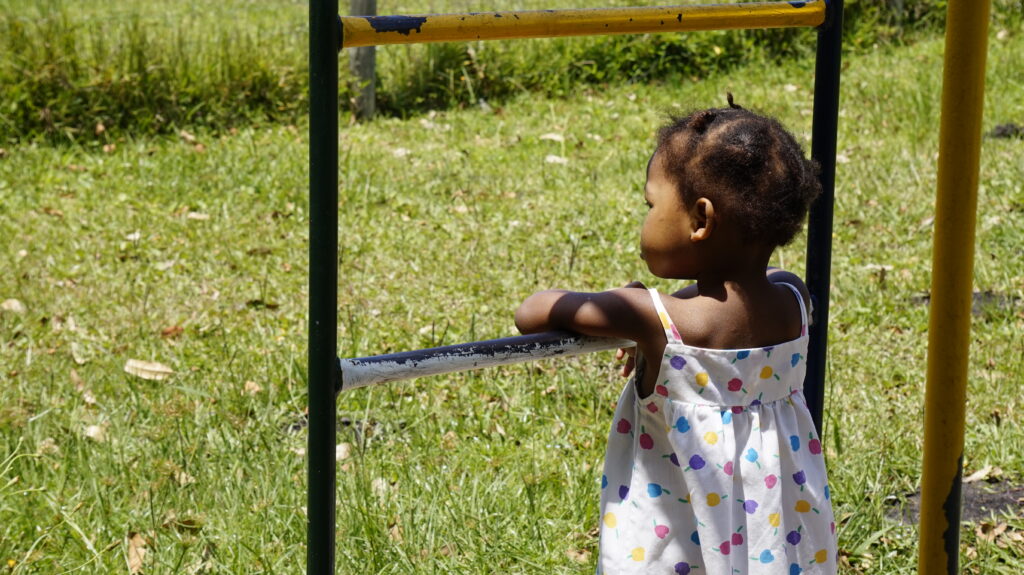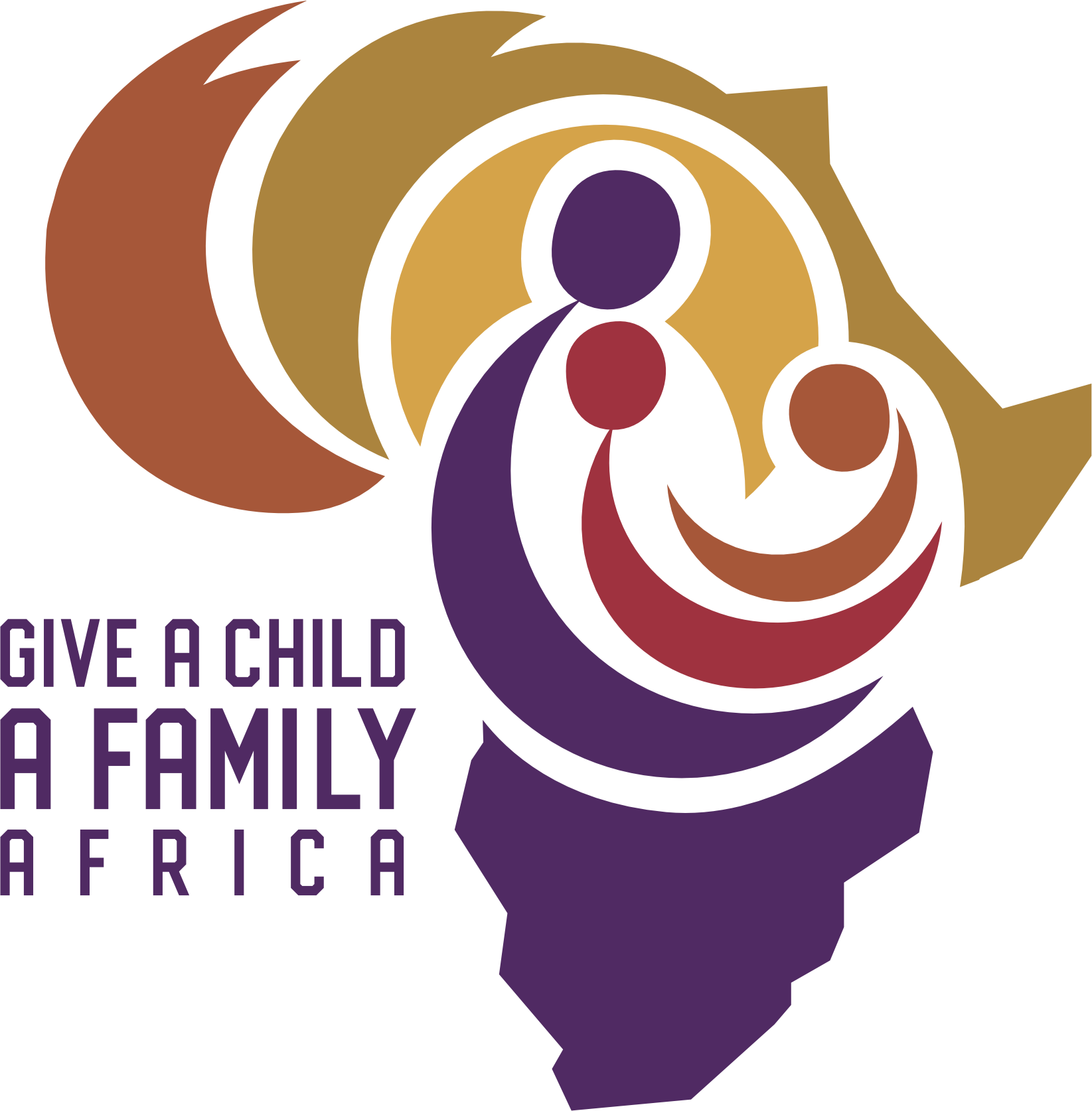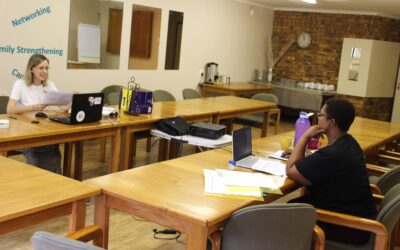I don’t know how many times I have had little girls and boys looking at me with big eyes, asking, “Where is my mommy?” or “When am I moving?” Children were moving, but it was always the ones left behind, waiting and longing. Years later, not working with GCF’s foster care programme anymore, this memory stays with me and will never fade away. Children always want to belong; they want a family who loves them and allows them to be who they were created to be. They don’t only want it; they need it and have a right to it, to be fully functional individuals in an already messed-up world.
Did you know that our centre was never meant to be a children’s home where children grow up separated from their families and communities? It was supposed to be a short-term haven for restoration, but reality proved to be complicated. Children remained much longer than expected, and we noticed the negative effects this had on them, even though our place was one of the best in the area. We attracted social workers in our district since we ensured the children received the best holistic care possible; the buildings and environment were beautiful, but that is not enough for a thriving life.

Very early on, GCF understood that a stable family environment is much better than care in an institution. Thinking back, without realising it, our transition journey toward a world without institutions began more than 20 years ago when we started to recruit, screen, and train foster parents.
Later on, being convinced, we have not been quiet about our thoughts on moving away from institutional care to families in communities, which aligns with the global movement with the same aim. We have been involved in carrying out conferences about this in Africa, and in 2018, it was finally included in our strategic plan. From April 1, 2023, GCF has not received any new children, and our social work team has worked hard to find the best solutions for the 50+ children who were with us at the time. Most of them have been reunited with family and relatives. Today, only eight children remain. Their unique life stories are complex, but considering what is best for them, we trust they will soon leave us. Without children, we see exciting new opportunities for our buildings.
Our ED, Monica Woodhouse, often says, “Children’s homes are not for children; it’s the parents who need help.” Knowing this, we are running our family strengthening programme, where at-risk families are identified and receive the extra support they need through services, training, and eventually support groups. This ensures that children will remain at home with their families and will not be removed from them. We strongly believe this is the way to go. But, we are not ignorant and acknowledge that there will always be children who must be taken from parents who, for various reasons, are not capable. That is why we are now working with temporary safe care parents who are caring for them while their futures are secured.

The closing of institutions for children can be seen as a controversial or sensitive topic, but if the reasons are pointed out and explained, most people understand that family is the best place for every child to grow up. Strengthened families lead to strengthened communities, and that is exactly what is needed. GCF has become a voice for the voiceless and will continue advocating for this as long as necessary.
If you’re curious about why children’s homes are harmful for children, please click here to read one of our previous blogs.
Written by Anna-Karin Öhrnstedt




I love this l! I am with you to remove the controversies around closing orphanages.